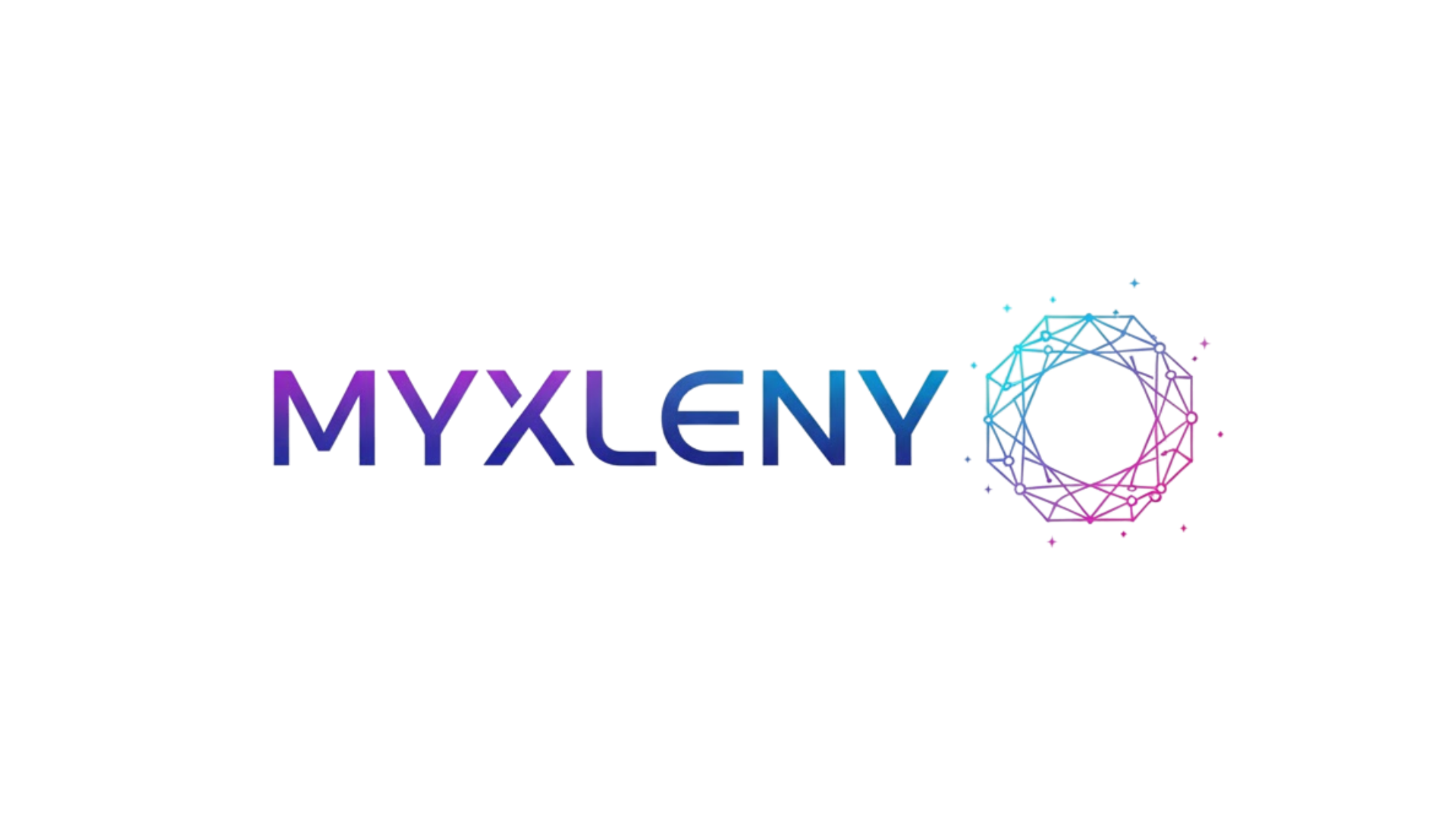Remote work has transformed how millions approach their careers, but this flexibility comes with hidden mental health costs that demand our immediate attention and proactive solutions.
🏠 The Remote Work Revolution and Its Psychological Impact
The shift to remote work wasn’t just a change of scenery—it fundamentally altered the relationship between our professional and personal lives. While working from home eliminates commutes and offers unprecedented flexibility, it has also blurred the boundaries that once protected our mental wellbeing. Understanding these challenges is the first step toward creating a sustainable remote work lifestyle.
Research from Stanford University shows that remote workers report 13% higher productivity, yet paradoxically, many experience increased stress levels. This contradiction reveals a complex truth: efficiency doesn’t automatically translate to wellness. The absence of physical separation between work and home environments creates psychological challenges that traditional office workers rarely face.
The digital workspace has brought isolation, overwork, and constant connectivity into sharp focus. These factors combine to create what psychologists call “remote work fatigue”—a unique form of burnout characterized by emotional exhaustion, diminished personal accomplishment, and a sense of disconnection from colleagues and organizational culture.
🧠 Understanding the Mental Health Challenges of Remote Work
Remote work mental health challenges manifest differently for each person, but certain patterns emerge consistently across demographics and industries. Recognizing these patterns helps us address them more effectively before they escalate into serious problems.
Social Isolation and Loneliness
Human beings are inherently social creatures. The casual conversations at the coffee machine, spontaneous brainstorming sessions, and shared lunch breaks provided more than just social interaction—they offered emotional support and professional connection. Remote work eliminates these organic moments, leaving many feeling professionally isolated despite being constantly connected digitally.
The isolation extends beyond missing social interaction. Remote workers often struggle with reduced visibility within their organizations, leading to concerns about career advancement and professional recognition. This “out of sight, out of mind” anxiety adds another layer to the isolation experience.
Blurred Work-Life Boundaries
When your bedroom becomes your boardroom, establishing boundaries becomes exponentially harder. Many remote workers find themselves checking emails at midnight, taking calls during family dinners, or working weekends simply because the office is always accessible. This constant availability creates chronic stress and prevents the mental recovery necessary for sustained performance and wellbeing.
The psychological separation that commuting once provided served as a transition period—a mental buffer between professional and personal identities. Without this buffer, many remote workers struggle to “switch off” from work mode, leading to burnout and decreased life satisfaction.
Digital Overload and Zoom Fatigue
Video conferencing has become the lifeline of remote collaboration, but it comes with significant cognitive costs. Zoom fatigue—the exhaustion resulting from excessive video calls—stems from the intense concentration required to process non-verbal cues, maintain eye contact through a camera, and remain constantly aware of one’s own appearance on screen.
Studies from Microsoft’s Human Factors Lab reveal that back-to-back virtual meetings cause stress buildup in the brain. The research shows that even short breaks between meetings allow for neural reset, significantly reducing stress markers. Yet many remote workers schedule meetings consecutively, exacerbating mental fatigue.
💡 Strategies for Protecting Your Mental Health While Working Remotely
Addressing remote work mental health challenges requires intentional strategies and consistent implementation. These aren’t quick fixes but sustainable practices that build resilience and promote long-term wellbeing.
Create Physical and Temporal Boundaries
Designating a specific workspace—even if it’s just a corner of your living room—creates psychological separation between work and personal life. This physical boundary signals to your brain when you’re “at work” and when you’re not. Equally important are temporal boundaries: establishing clear start and end times for your workday and communicating these boundaries to colleagues and supervisors.
Consider implementing a shutdown ritual—a consistent routine that marks the end of your workday. This might include closing your laptop, changing clothes, or taking a short walk. These rituals replicate the psychological transition that commuting once provided, helping your mind shift from professional to personal mode.
Prioritize Structured Social Connection
Combating isolation requires deliberate effort to maintain professional relationships and build new connections. Schedule regular virtual coffee chats with colleagues, participate in online team-building activities, and consider joining professional communities or coworking spaces when safe and feasible.
Virtual connections, while valuable, shouldn’t completely replace in-person interaction. When possible, arrange occasional face-to-face meetings with colleagues or attend professional networking events. The quality of social connection matters more than quantity—focus on meaningful interactions rather than accumulating superficial contacts.
Implement Digital Wellness Practices
Managing screen time and digital boundaries protects against overload and preserves mental energy. Use focus apps to block distracting websites during deep work sessions, turn off non-essential notifications, and implement “no-screen” periods during your day.
The Forest app helps users stay focused by gamifying productivity—plant a virtual tree that grows while you work and dies if you leave the app. This playful approach to time management encourages sustained focus while building awareness of phone usage patterns.
Establish Movement and Exercise Routines
Physical activity powerfully impacts mental health, reducing anxiety and depression while improving mood and cognitive function. Remote work’s sedentary nature makes intentional movement even more critical. Schedule exercise sessions as you would important meetings, treating them as non-negotiable appointments with yourself.
You don’t need elaborate equipment or lengthy sessions—even brief movement breaks throughout the day provide significant benefits. Consider the Pomodoro Technique: work for 25 minutes, then take a five-minute break to stretch, walk, or do simple exercises. These micro-breaks maintain energy levels and prevent the physical stiffness that contributes to mental fatigue.
🌟 Building a Supportive Remote Work Environment
Individual strategies work best within supportive organizational cultures. Companies must recognize their role in protecting remote workers’ mental health and implement policies that prioritize wellbeing alongside productivity.
Organizational Responsibility for Mental Wellness
Progressive companies are establishing “right to disconnect” policies that prohibit managers from contacting employees outside working hours except in genuine emergencies. These policies legitimize boundary-setting and protect workers from the expectation of constant availability.
Mental health days—separate from traditional sick leave—acknowledge that psychological wellbeing requires proactive maintenance, not just crisis intervention. Offering mental health resources, including counseling services and wellness programs, demonstrates organizational commitment to employee wellbeing.
Creating Connection Through Intentional Culture
Remote-first companies are reimagining team culture for digital environments. Regular virtual social events, dedicated Slack channels for non-work conversation, and transparent communication practices help build the social fabric that offices once provided organically.
Some organizations implement “meeting-free” days or afternoons, protecting time for deep work and reducing the cognitive load of constant video calls. Others have adopted asynchronous communication practices that respect different working styles and time zones while reducing pressure for immediate responses.
🔄 Developing Personal Resilience and Mindfulness
While environmental changes matter, personal resilience determines how we navigate challenges. Cultivating mindfulness and self-awareness equips us to recognize early warning signs of mental health struggles and respond effectively.
Mindfulness Practices for Remote Workers
Mindfulness meditation reduces stress, improves focus, and enhances emotional regulation—all critical skills for remote work success. Starting with just five minutes daily can create meaningful changes in mental health and work satisfaction.
Calm offers guided meditations, sleep stories, and breathing exercises specifically designed for busy professionals. The app’s brief meditation options make it easy to incorporate mindfulness into even the most packed schedules.
Cognitive Reframing and Perspective
How we interpret remote work challenges significantly impacts their effect on our mental health. Cognitive reframing—consciously choosing to view situations from different perspectives—helps transform potential stressors into manageable challenges or even opportunities for growth.
When you feel overwhelmed by isolation, reframe it as autonomy and independence. When boundaries blur, see it as an opportunity to practice assertive communication. This doesn’t mean ignoring real problems, but rather approaching them with agency and problem-solving mindset instead of helplessness.
⚖️ Achieving Authentic Work-Life Harmony
Work-life balance suggests equal time allocation, but work-life harmony recognizes that integration and flexibility create more sustainable wellbeing. Harmony means work and personal life complement rather than compete with each other.
Flexibility With Intentionality
Remote work’s greatest strength—flexibility—becomes its greatest weakness without intentionality. Flexibility allows you to attend your child’s school event or take an afternoon yoga class, but it requires deliberately planning when and how you’ll complete your work responsibilities.
Create a weekly schedule that reflects your priorities and energy patterns. If you’re most productive in early morning, protect that time for focused work. If you need midday breaks for personal responsibilities, build your schedule around that reality rather than fighting against it.
Regular Self-Assessment and Adjustment
Mental health needs change over time, requiring periodic evaluation of what’s working and what needs adjustment. Monthly self-check-ins help identify emerging problems before they become crises. Ask yourself: Am I sleeping well? Do I feel connected to my colleagues? Am I enjoying activities outside work? Do I feel energized or depleted by my work?
Honest answers to these questions guide necessary adjustments to your remote work approach. Perhaps you need more social connection, stricter boundaries, or additional support. Recognizing these needs isn’t weakness—it’s self-awareness that enables sustainable success.

🚀 Moving Forward: Sustainable Remote Work Practices
The future of work increasingly includes remote and hybrid models, making mental health literacy essential for professional success. Understanding the psychological impacts of remote work and implementing protective strategies isn’t optional—it’s foundational to thriving in modern work environments.
Start small. You don’t need to implement every strategy immediately. Choose one or two practices that resonate most and commit to consistent implementation for at least three weeks. Once these become habitual, add additional strategies gradually.
Remember that seeking professional support isn’t a last resort—it’s a proactive wellness strategy. Therapists, coaches, and mental health professionals offer valuable perspective and tools for navigating remote work challenges. Many companies now offer Employee Assistance Programs that provide confidential counseling services at no cost to employees.
The remote work revolution created unprecedented opportunities for flexibility, autonomy, and work-life integration. Realizing these benefits while protecting our mental health requires conscious effort, supportive systems, and ongoing commitment to wellbeing. By implementing boundaries, cultivating connection, practicing mindfulness, and prioritizing mental health, remote workers can achieve the harmony that makes this work model sustainable and fulfilling.
Your mental health is the foundation upon which career success, personal relationships, and life satisfaction are built. Protecting it isn’t selfish—it’s essential. The strategies outlined here offer starting points for creating a remote work experience that supports rather than depletes your psychological wellbeing. The choice to prioritize mental health while working remotely isn’t just about surviving—it’s about thriving in the modern workplace while maintaining the balanced, meaningful life you deserve. 🌈
Toni Santos is a future-of-work researcher and social innovation writer exploring how technology, culture, and global mobility are redefining what it means to work and thrive in the 21st century. Through his studies on automation, digital nomadism, and workforce transformation, Toni examines the balance between progress, adaptability, and human purpose in a rapidly changing world. Passionate about remote collaboration systems and digital inclusion, Toni focuses on how emerging tools and global connectivity empower individuals to build meaningful, flexible, and resilient careers. His work highlights how automation and new work models can coexist with creativity, empathy, and social value. Blending sociology, economics, and digital strategy, Toni writes about the human side of innovation — helping readers understand not only where work is heading, but how to align with its transformation responsibly and purposefully. His work is a tribute to: The evolving relationship between automation and human employment The rise of global, location-independent lifestyles The power of resilience and adaptability in the modern workforce Whether you are a freelancer, remote leader, or curious observer of the new economy, Toni Santos invites you to explore the future of work — one idea, one connection, one transformation at a time.




